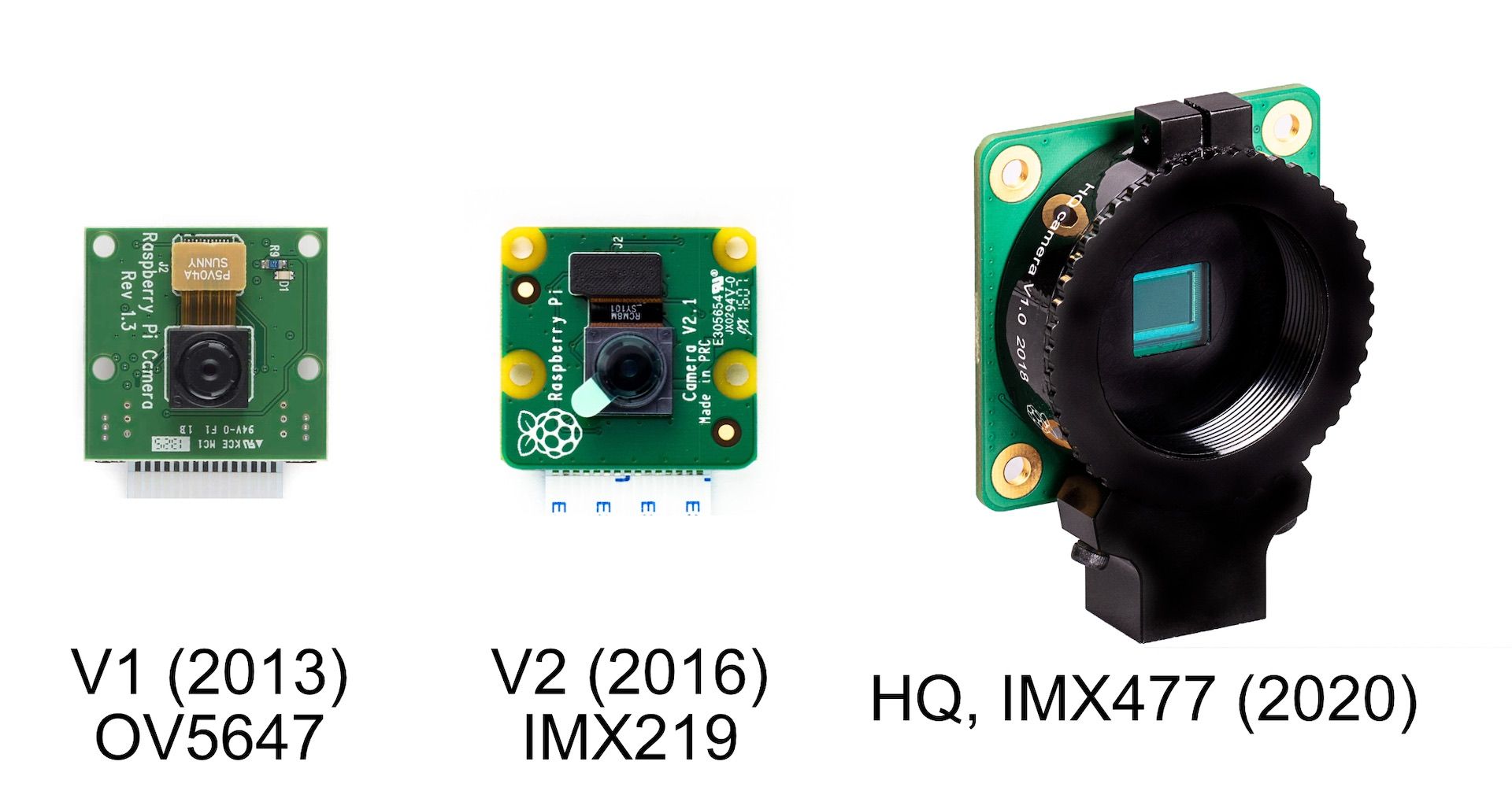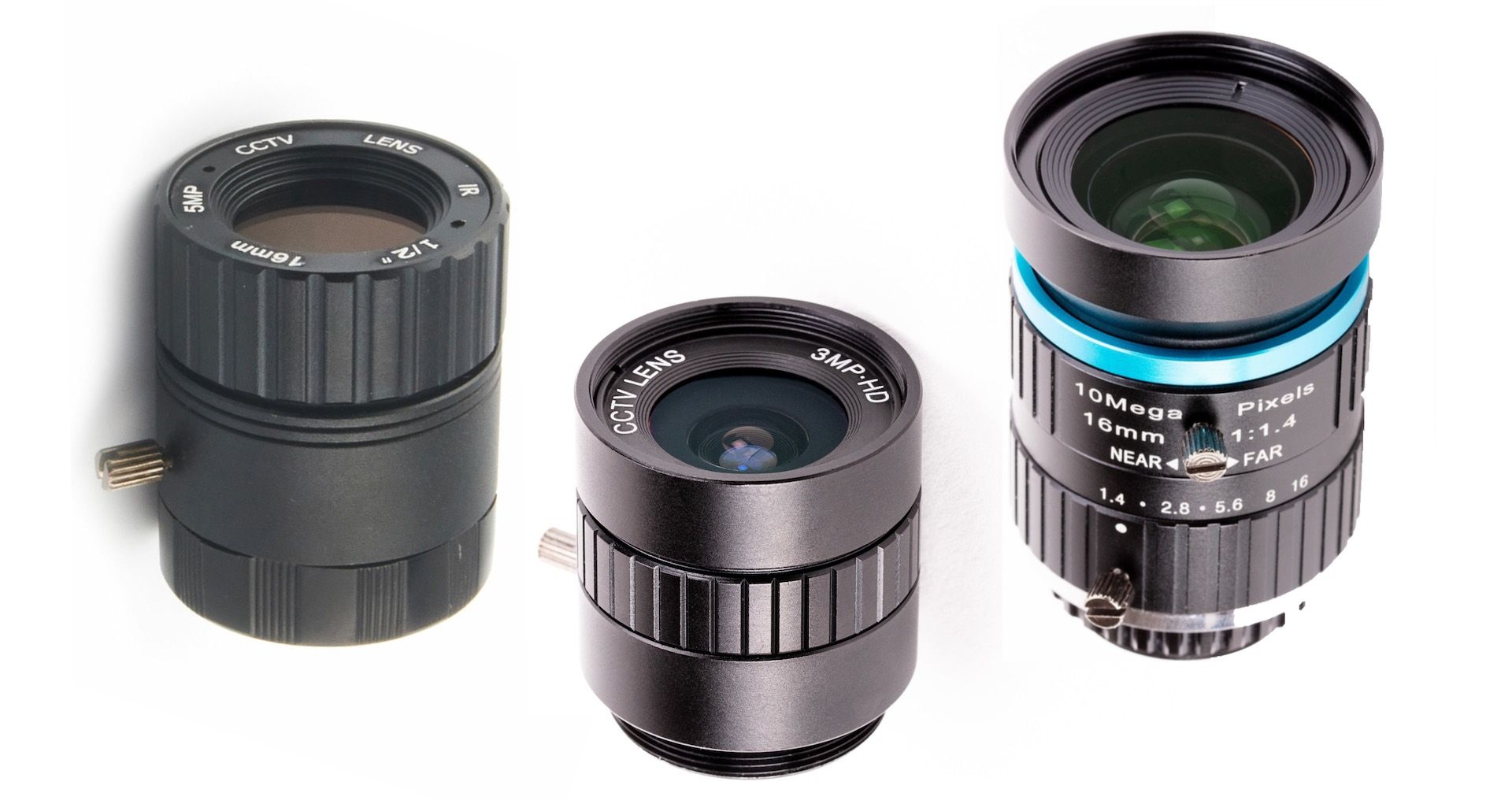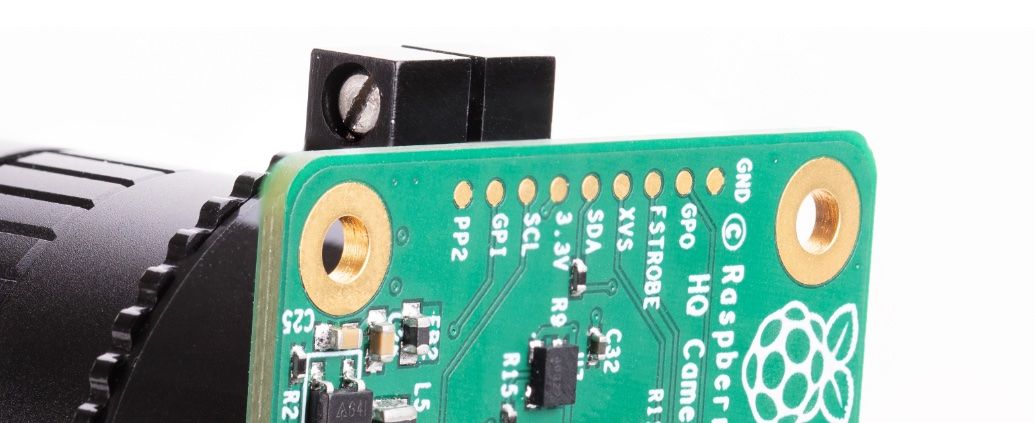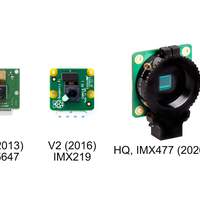Project update 2 of 14
A look at the features and advantages of the new HQ-based StereoPi
by Eugene PomazovA brief look at the history of Raspberry Pi camera modules:
- The V1 was the first camera module, announced in 2013. It had a 5 MPx sensor (OV5647) and tiny pinhole optics.
- The V2 is the next generation, released in 2016. It uses an 8 MPx Sony IMX219 sensor. Compared to the V1, it has a higher resolution, better sensitivity in low light conditions, and higher FPS at high resolutions. By the way, our Camera Kit includes a couple of wide-angle cameras based on this Sony sensor.
- The HQ Camera was released 2020. It could have been named V3, but the Raspberry Pi Foundation decided it needed a new name, from the abbreviation for High Quality. It's the most advanced camera module yet.
The HQ camera has a lot of new features
Let’s take a look at the most interesting advantages from the perspective of stereoscopy:
- A 12 MPx Sony IMX477 sensor means you can get high resolution, 24-MPx, stereoscopic photos.
- An advanced IMX477 light sensor provides greater sensitivity and contrast. The IMX477 also has a 1/2" (diagonal) sensor that is twice the size of the V2. That means your camera can capture more light.
- HQ construction allows you to remove the IR filter with no risk of damage to the sensor so you can capture near-IR images
- Changeable optics with a C/CS mount provides the ability to use literally hundreds of different lenses.
A closer look at HQ’s C/CS mount
- The HQ camera uses optics with a C/CS mount. This means the lens diameter is nearly 1”. By comparison, the v2 camera optics have a diameter of about 1.4 mm. That means the glass square is ~350 times larger than on v2! Just imagine how much more light the HQ camera can capture!
- There are hundreds of C/CS lenses on the market, so you can choose the most appropriate for your use case. Raspberry Pi recommends you start with this 6 mm lens or this 16mm lens.
Three tips to help you use optics to improve your photography:
- C and CS mount type lenses use the same thread type. The difference is the distance from the rear of the lens to the sensor. Each HQ camera has a C-CS mount adapter included, so you can use both types of lenses. As a rule, C-lenses are more advanced and expensive.
- Both types of lenses are used on IP cameras, so you can find a lot of them on the market. You will be disappointed if you use a sub-megapixel lens with the HQ camera. We recommend 3 MPx or better.
- If the lens is equipped with an adjustable iris, you can limit the light flow to the sensor, which will also create a depth-of-field effect for your photos. We're now in the territory of classic film photography!
One last feature: Industrial-grade synchronization for two HQ cameras
To get a good stereoscopic image, both cameras need to capture their frames at the exact same time. Unsurprisingly, one of the most common questions we get is about how to keep cameras in sync. Fortunately, the HQ camera has one more exclusive feature: a pair of HQ cameras can synchronize with one another. And, just like high-end industrial stereoscopic and multi-camera devices, they can do so with nanosecond precision by using direct negotiation between the two IMX477 sensors.
Basically, each sensor can act as a primary or as a secondary. When the primary is preparing to capture a frame, it sends a short command to the secondary so that both cameras grab a frame at virtually the same instant.
The XVS soldering pad is used for this camera synchronization. To get both HQ cameras synced, you need to connect these pads and add a few lines to your config.txt. This Raspberry Pi forum thread more detail. (We’ll be adding that information to our Wiki soon.)
You can also use HQ cameras in stereoscopic mode without this hardware synchronization. Even if you fall back to the same type of software sync employed by the v1 and v2 cameras, you will still get millisecond precision. Our experiments have shown that hardware and software sync are nearly indistinguishable, but this may change as applications and techniques evolve to take advantage of what is now a stock feature of the HQ camera.
Conclusion
In summary, HQ camera has a bigger, better sensor; a hardware-synchronization feature; and higher quality, more versatile optics. Note, however, that C/CS optics have more metal and glass in them, so they do weigh more. To handle the additional weight, we designed our new metal HQ housing.
Next up
Q: Is it possible to take ultraviolet photos using HQ cameras?
Q: What are the advanced-adjustment features of the HQ housing?
To be continued! Meanwhile, stay tuned and subscribe!








